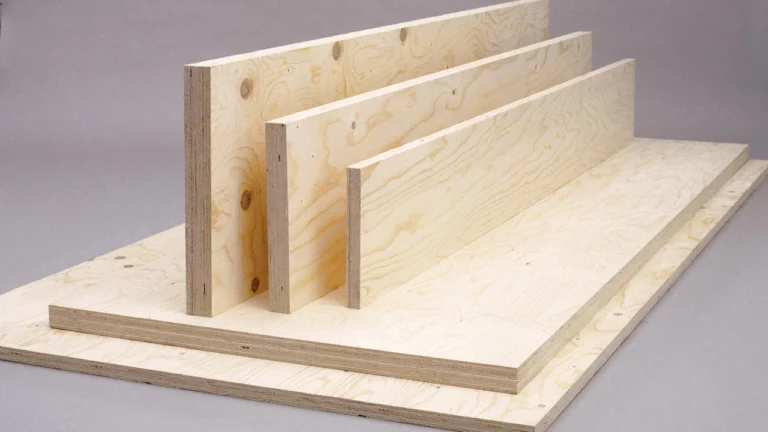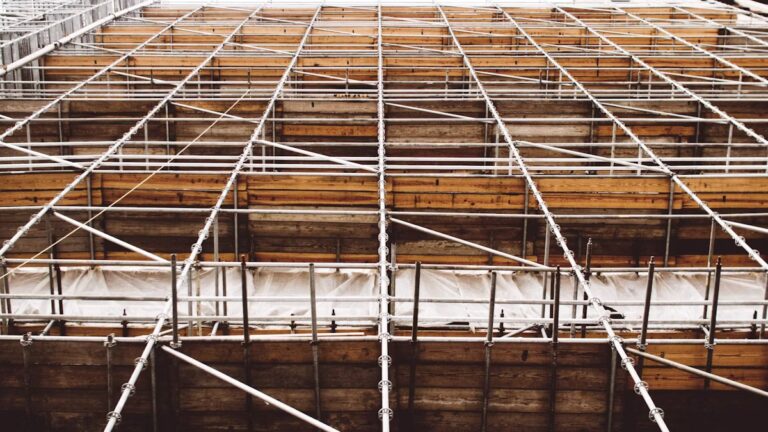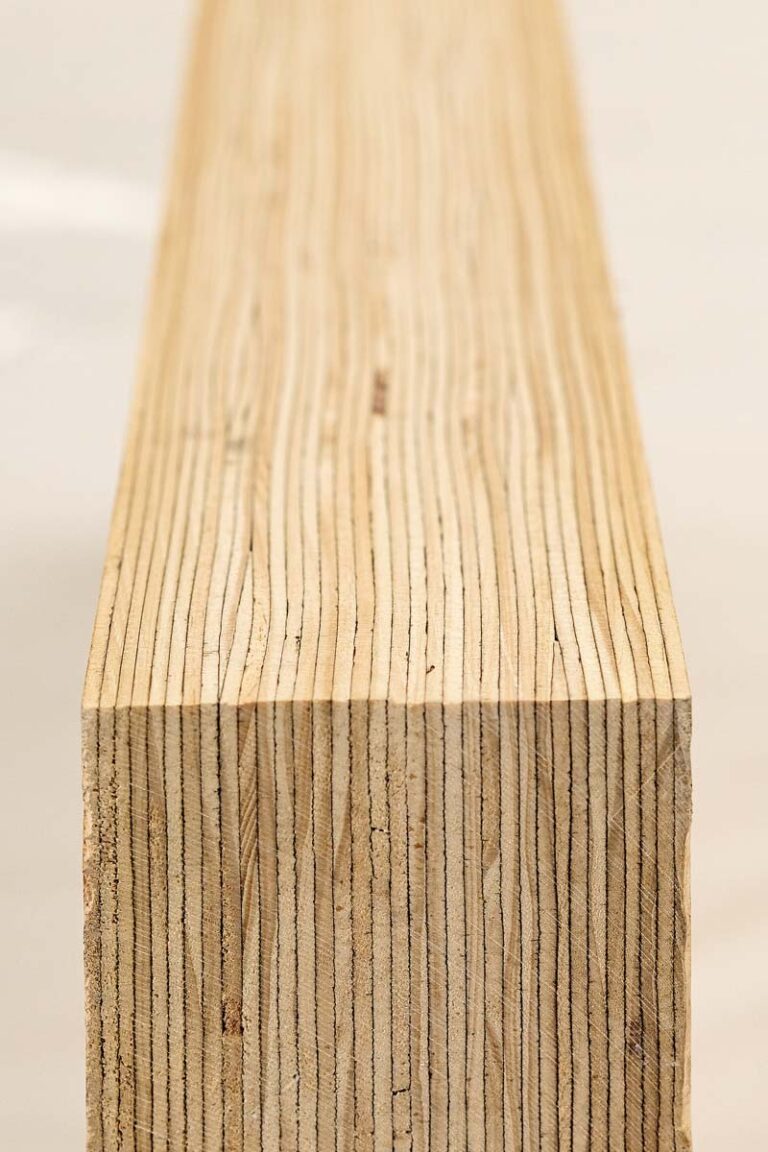Troubleshooting Common Challenges with LVL Formwork
LVL formwork, or laminated veneer lumber formwork, is a popular choice for construction projects. It offers several advantages, including durability, strength, and flexibility. However, like any construction technique, it is not without its challenges. In this article, we will explore some common problems encountered with LVL formwork and discuss effective troubleshooting techniques. Additionally, we will outline preventive measures that can be taken to minimize these challenges and ensure successful construction projects.
Understanding LVL Formwork
LVL formwork or lvl beam is a type of shuttering system used in concrete construction. It consists of laminated veneer lumber panels that are assembled to create a temporary mold for the concrete. Understanding the basics of LVL formwork is crucial for troubleshooting any challenges that may arise during the construction process.
When it comes to LVL formwork, precision and attention to detail are key. Each panel must be carefully aligned and secured to ensure the integrity of the concrete structure being formed. Proper installation of LVL formwork not only guarantees the quality of the finished product but also enhances the safety of the construction site.
Basics of LVL Formwork
LVL formwork panels are manufactured by bonding thin layers of wood veneers together with adhesive. This process creates a strong and rigid panel that can withstand the pressure exerted by the fluid concrete. The panels are available in various sizes and thicknesses, allowing flexibility in design and construction. Learn more about Case Studies: Innovative Applications of LVL Formwork visit https://jaxpainting.com/case-studies-innovative-applications-of-lvl-formwork/.
Moreover, LVL formwork is known for its durability and reusability, making it a cost-effective solution for repetitive concrete pours. The smooth surface of the panels results in a high-quality finish on the concrete, reducing the need for extensive finishing work after demolding.
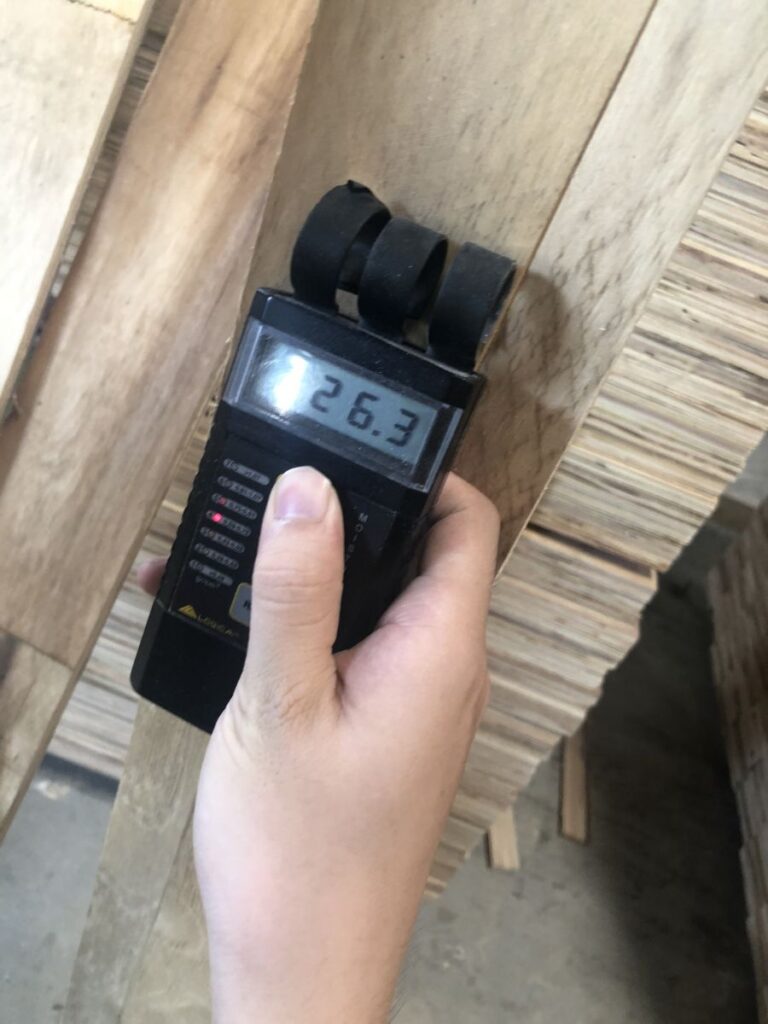
Key Components of LVL Formwork
Effective troubleshooting begins with understanding the key components of LVL formwork. These include:
- Formwork Panels: The primary component of LVL formwork, these panels provide the necessary structure for containing the concrete during the casting process.
- Fastening Systems: Various systems, such as wedge bolts, clamps, and ties, are used to secure the formwork panels together and maintain their position during concrete placement.
- Release Agents: These substances are applied to the formwork surfaces to prevent adhesion between the concrete and the formwork, allowing for easy removal once the concrete has cured.
Additionally, proper maintenance of LVL formwork components is essential to ensure their longevity and performance. Regular inspection for wear and tear, cleaning of surfaces, and timely repairs or replacements can extend the lifespan of the formwork system, providing value for multiple construction projects. Learn more about formwork system visit at https://www.sciencedirect.com/science/article/pii/S2352012422000911.
Common Problems Encountered with LVL Formwork
Despite its strengths, LVL formwork can encounter a range of problems during construction. Understanding these challenges is essential for effective troubleshooting.
When dealing with LVL formwork, it’s important to note that issues can sometimes stem from environmental factors. For example, exposure to excessive moisture can weaken the integrity of the LVL panels over time, leading to potential structural issues. Additionally, extreme temperature fluctuations can cause the formwork to expand and contract, affecting its overall stability.
Issues with Installation
Poor installation practices can lead to various issues with LVL formwork. These can include inadequate support, improper alignment, and insufficient bracing. During troubleshooting, it is crucial to assess the installation process and identify any potential errors that may have occurred.
Furthermore, it’s worth mentioning that the quality of the fasteners used during installation can significantly impact the performance of LVL formwork. Using incorrect or substandard fasteners can result in loosening over time, compromising the formwork’s structural integrity and safety.
Structural Problems
Structural problems can arise when the LVL formwork is unable to withstand the pressure exerted by the concrete. This can result in excessive deflection, bulging, or even collapse. Identifying and addressing structural issues promptly is vital to ensure the safety and integrity of the structure.
Moreover, improper handling of the formwork, such as dropping or mishandling the panels, can also contribute to structural problems. Even minor damages during handling can weaken the formwork and lead to potential failures during concrete pouring.
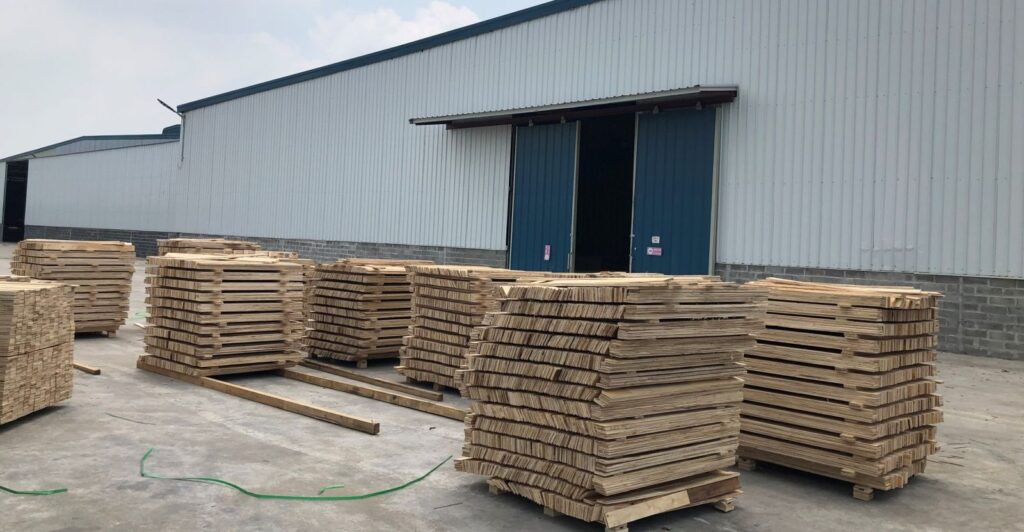
Material Defects
Material defects in LVL formwork can compromise its performance and durability. These defects can include delamination, warping, or damage caused during transportation or storage. Performing regular inspections and replacing any defective panels is essential for troubleshooting material-related issues.
It’s important to note that proper storage of LVL formwork is crucial in preventing material defects. Storing the panels in a dry, well-ventilated area and ensuring they are stacked correctly can help maintain their structural integrity and prevent issues such as warping or delamination. Learn more about delamination click here.
Troubleshooting Techniques for LVL Formwork
When faced with challenges in LVL formwork, effective troubleshooting techniques can help identify the problem and find appropriate solutions.
Ensuring the structural integrity and efficiency of LVL formwork is crucial for the success of any construction project. By implementing thorough troubleshooting techniques, construction professionals can address issues promptly and maintain the quality of the formwork system.
Identifying the Problem
Thoroughly examining the formwork system is the first step in troubleshooting. This includes inspecting the formwork panels, fastening systems, and release agents. Identifying any discrepancies or abnormalities will help determine the root cause of the problem and guide subsequent troubleshooting efforts.
It is essential to pay attention to details such as panel alignment, tightness of fastenings, and the application of release agents. These factors can significantly impact the performance of the formwork system and should be carefully assessed during the troubleshooting process.
Tools for Troubleshooting
Having the right tools for troubleshooting is essential. This can include measuring devices, such as levels and tape measures, to assess panel alignment and structural integrity. Additionally, visual inspection aids, such as cameras or borescopes, can be used to inspect hard-to-reach areas or detect material defects.
Utilizing advanced technology, such as laser alignment tools or thermal imaging cameras, can provide construction professionals with detailed insights into the condition of the formwork system. These tools can help identify issues that may not be visible to the naked eye, allowing for more accurate troubleshooting and precise solutions.
Step-by-Step Troubleshooting Guide
A step-by-step troubleshooting guide can provide a systematic approach to identifying and resolving issues with LVL formwork. This guide should outline specific procedures for assessing each potential problem and provide clear instructions for implementing appropriate solutions.
By following a structured troubleshooting guide, construction teams can streamline the problem-solving process and ensure that issues are addressed efficiently. This approach not only minimizes downtime but also helps maintain the safety and quality standards of the construction project.
Preventive Measures for LVL Formwork Challenges
While effective troubleshooting is crucial, preventing challenges from occurring in the first place is always preferable. Implementing preventive measures can significantly reduce the chances of encountering problems with LVL formwork.
One of the key preventive measures is following proper installation procedures. This includes not only ensuring accurate panel alignment but also paying attention to proper bracing and the use of adequate fastening systems. By meticulously following these procedures, construction personnel can establish a solid foundation for the formwork system, minimizing the risk of issues arising later on. Moreover, training construction personnel in proper installation techniques will help maintain consistency and quality throughout the project.
Regular maintenance and inspection of the LVL formwork system are also essential preventive measures. By conducting routine checks, potential issues can be detected and addressed early on, preventing them from escalating into major problems. This includes inspecting the formwork panels for defects or signs of wear, as well as checking the condition of fastening systems and release agents. Any necessary repairs or replacements should be undertaken promptly to ensure the formwork system remains in optimal condition.
Another important preventive measure is choosing high-quality LVL formwork materials. Opting for reputable brands and suppliers who adhere to strict quality standards will ensure that the formwork system performs optimally and withstands the demands of the construction process. Investing in quality materials may require a higher upfront cost, but it will pay off in the long run by reducing the likelihood of challenges and increasing the durability of the formwork system.
In conclusion, troubleshooting common challenges with LVL formwork requires a thorough understanding of the formwork system and the problems that may arise. By utilizing effective troubleshooting techniques and implementing preventive measures, construction projects can proceed smoothly and successfully. Adhering to proper installation procedures, conducting regular maintenance and inspections, and choosing quality materials will contribute to the long-term durability and reliability of the LVL formwork system.
However, it is important to note that even with the best preventive measures in place, challenges may still arise. Therefore, it is crucial to have a comprehensive troubleshooting plan in place to address any unexpected issues that may occur during the construction process. By combining preventive measures with effective troubleshooting techniques, construction professionals can ensure the success of their LVL formwork projects.


